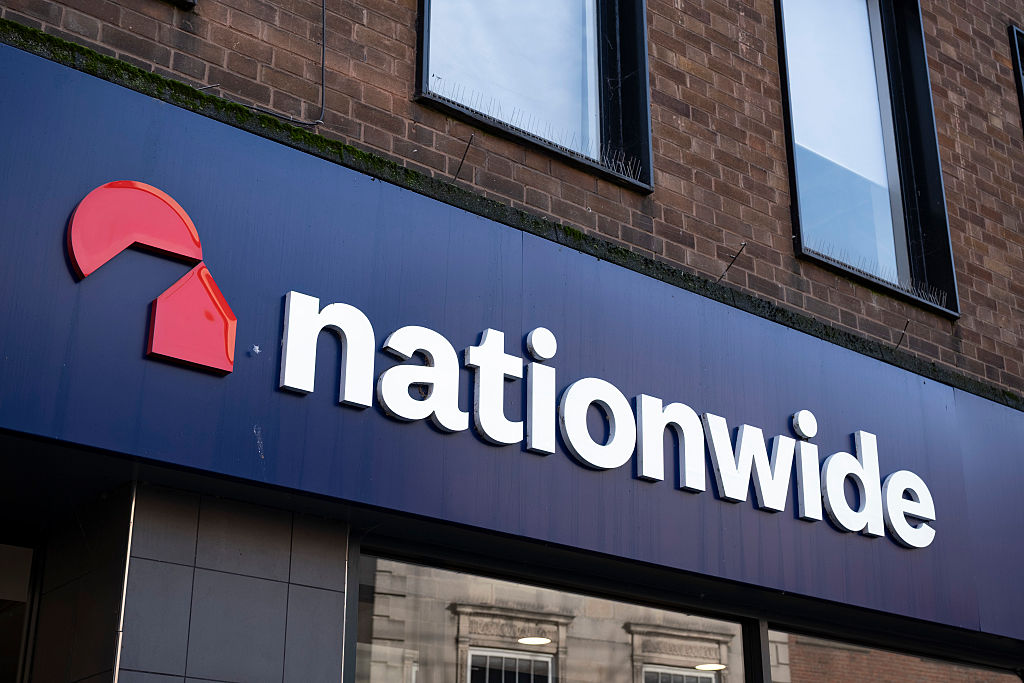A survival strategy for British retailers
American shops are splitting off their web divisions – that could release value for British retailers too, says Matthew Lynn.


For the last 20 years just about every major retail chain has had a web presence of some sort. They have met with varying degrees of success. Some are full-scale e-commerce sites that have their own customers, brand and presence. Others are click-and-collect options for customers who don’t want to spend time browsing in the actual shop. Others are more like extended advertisements: you can see what the shop has to offer before heading off to a branch.
Now a few are starting to see those websites as separate units. US department store Saks started the trend in March this year when it announced that it planned to separate out its department stores and its web unit. In the spring Saks online was expected to be worth about $2bn. That has already tripled to closer to $6bn and it might be even more by the time the unit is floated early next year. Rival Macy’s is now expected to follow with a break-up of its own that could double the value of the business to $14bn. Over in the Netherlands, Ahold has decided to break out its Bol unit, again with a big potential uplift in value for shareholders. Many others might well decide to follow suit.
It is not hard to see what major retailers are up to. There are three big advantages to a break-up. First, it means that fast-growing web units can grow more rapidly, without being weighed down by a struggling chain of physical shops, and will therefore be more highly rated by the market. A retailer’s online business is often largely hidden, but if it was broken out it would suddenly have a lot more visibility to investors. Second, it means that management will have the autonomy to really grow the business. Internally, senior executives would probably prefer it if the online business simply sent customers to the nearest shopping centre for some proper shopping rather than serving them electronically. Freed from parent firms, web units can focus fully on growing the online business.
MoneyWeek
Subscribe to MoneyWeek today and get your first six magazine issues absolutely FREE

Sign up to Money Morning
Don't miss the latest investment and personal finances news, market analysis, plus money-saving tips with our free twice-daily newsletter
Don't miss the latest investment and personal finances news, market analysis, plus money-saving tips with our free twice-daily newsletter
Finally, it means the brands, and indeed the firms, can survive in a changing market. We will see how it plays out, but it is possible Saks or Macy’s will survive as web businesses long after the physical shops have finally closed down. That is a lot better than waiting for the whole thing to collapse, which is what happened to British chains such as Top Shop – indeed, if Top Shop had spun out its web unit five years ago it would probably still be around as an independent brand.
Be brave and initiate divorce
The logic is compelling. But will any UK retailers be brave enough to follow suit? There would be issues to sort out. Brand names would have to be jointly owned by the online and physical units. There might need to be some form of cross-shareholding. But these problems need not be insuperable. Next is an obvious candidate for a split. It already has online sales of more than £2bn a year and those are growing strongly, and it has already started adding other brands, such as Victoria’s Secret. It is certainly strong enough to survive as an independent unit and although Next’s shares have done brilliantly well over the last decade, in part because of the success of its web operation, there is no question that a split would create a lot of extra value. Kingfisher’s B&Q unit would work well as an online company as well as a physical chain, delivering DIY kit to the home market. It is not as if people especially want to go to B&Q.
John Lewis is struggling because it expanded far too rapidly at a time when retailing was tipping into deep decline, but its website is still trusted. A stand-alone John Lewis web operation would provide an alternative to Amazon in markets such as home furnishings and electronics. Waitrose as a purely online operation could rival Ocado. More radically, Tesco, Sainsbury’s, or even Morrisons under its new private-equity owners, could spin out their home-delivery service
Get the latest financial news, insights and expert analysis from our award-winning MoneyWeek team, to help you understand what really matters when it comes to your finances.
Matthew Lynn is a columnist for Bloomberg, and writes weekly commentary syndicated in papers such as the Daily Telegraph, Die Welt, the Sydney Morning Herald, the South China Morning Post and the Miami Herald. He is also an associate editor of Spectator Business, and a regular contributor to The Spectator. Before that, he worked for the business section of the Sunday Times for ten years.
He has written books on finance and financial topics, including Bust: Greece, The Euro and The Sovereign Debt Crisis and The Long Depression: The Slump of 2008 to 2031. Matthew is also the author of the Death Force series of military thrillers and the founder of Lume Books, an independent publisher.
-
 Football fans issued warning over ticket scams ahead of 2026 World Cup
Football fans issued warning over ticket scams ahead of 2026 World CupSantander customers lost more to football scams in the first six months of 2025 compared to the same period in 2024, when total losses surged due to the Euros
-
 Nationwide fined £44 million over “inadequate” anti-money laundering systems
Nationwide fined £44 million over “inadequate” anti-money laundering systemsFailings in Nationwide’s financial crime processes between October 2016 to July 2021 meant one criminal was able to deposit £26 million from fraudulent Covid furlough payments in just eight days.
-
 Who is Christopher Harborne, crypto billionaire and Reform UK’s new mega-donor?
Who is Christopher Harborne, crypto billionaire and Reform UK’s new mega-donor?Christopher Harborne came into the spotlight when it emerged he had given £9 million to Nigel Farage's Reform UK. How did he make his millions?
-
 The best Christmas gifts for your loved ones
The best Christmas gifts for your loved onesWe round up the best Christmas gifts with a touch of luxury to delight, surprise and amaze family and friends this festive season
-
 Leading European companies offer long-term growth prospects
Leading European companies offer long-term growth prospectsOpinion Alexander Darwall, lead portfolio manager, European Opportunities Trust, picks three European companies where he'd put his money
-
 How to harness the power of dividends
How to harness the power of dividendsDividends went out of style in the pandemic. It’s great to see them back, says Rupert Hargreaves
-
 Why Trustpilot is a stock to watch for exposure to the e-commerce market
Why Trustpilot is a stock to watch for exposure to the e-commerce marketTrustpilot has built a defensible position in one of the most critical areas of the internet: the infrastructure of trust, says Jamie Ward
-
 Tetragon Financial: An exotic investment trust producing stellar returns
Tetragon Financial: An exotic investment trust producing stellar returnsTetragon Financial has performed very well, but it won't appeal to most investors – there are clear reasons for the huge discount, says Rupert Hargreaves
-
 How to capitalise on the pessimism around Britain's stock market
How to capitalise on the pessimism around Britain's stock marketOpinion There was little in the Budget to prop up Britain's stock market, but opportunities are hiding in plain sight. Investors should take advantage while they can
-
 London claims victory in the Brexit wars
London claims victory in the Brexit warsOpinion JPMorgan Chase's decision to build a new headquarters in London is a huge vote of confidence and a sign that the City will remain Europe's key financial hub
